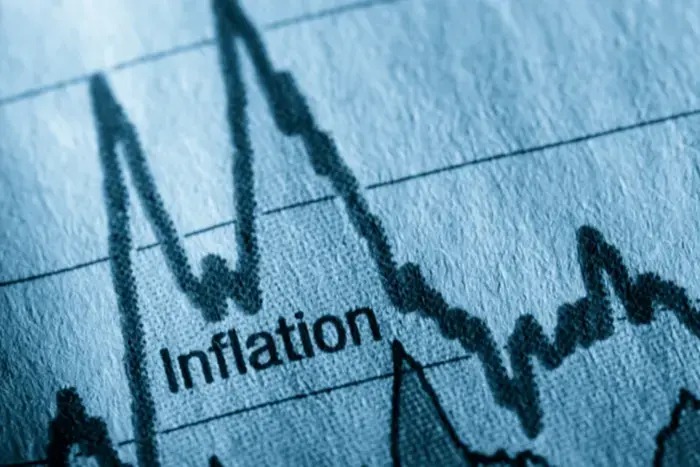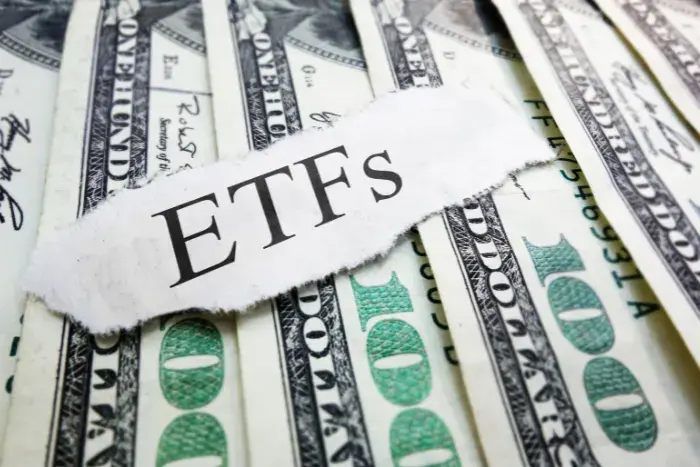Will raising the debt ceiling cause a reprieve to the financial markets?
 Get your Free Report on Top 5 ASX stocks for 2025
Get your Free Report on Top 5 ASX stocks for 2025
Financial markets across the world heaved a sigh of relief when just days before a potential first-ever default, US President Joe Biden and Republican Kevin McCarthy announced on Saturday to raise the federal government's $31.4 trillion debt ceiling.
The threat to the economy is such that even getting close to a breach of the U.S. debt ceiling could cause significant disruptions to financial markets. And imagine what could an actual default do?
An actual breach of the U.S. debt ceiling can not only cause severe damage to the U.S. economy but also unleash global chaos. A default by the U.S. government on its obligations could set the economy into back gear, the extent of damage depending on the tenure of the breach.
Defaulting could reverse the economic gains, curbing the consumer spending that has set the economy on a growth path, denting a strong job market which has led to the creation of jobs and an unemployment rate near a 50-year low.
The Treasury had warned that the US will run out of money on 5 June without a deal, which after weeks of tough negotiations, still has to be approved by Congress.
Though raising the debt ceiling is a legal measure taking place most of the years to allow the government to keep borrowing money. A routine act by Congress earlier, the debt limit vote has come to be used as political leverage in recent times. This time around, Republicans demanded deep spending cuts mainly in social spending.
According to US media reports, the framework of the deal includes freeing up the debt ceiling for two years, meaning there will be no need for negotiations till in 2025. Enough to give a possible boost to the markets.

Latest Article






Checkout Our Recommendation for free - 7 days free trial
Start Free TrialDisclaimer
Veye Pty Ltd(ABN 58 623 120 865), holds (AFSL No. 523157 ). All information provided by Veye Pty Ltd through its website, reports, and newsletters is general financial product advice only and should not be considered a personal recommendation to buy or sell any asset or security. Before acting on the advice, you should consider whether it’s appropriate to you, in light of your objectives, financial situation, or needs. You should look at the Product Disclosure Statement or other offer document associated with the security or product before making a decision on acquiring the security or product. You can refer to our Terms & Conditions and Financial Services Guide for more information. Any recommendation contained herein may not be suitable for all investors as it does not take into account your personal financial needs or investment objectives. Although Veye takes the utmost care to ensure accuracy of the content and that the information is gathered and processed from reliable resources, we strongly recommend that you seek professional advice from your financial advisor or stockbroker before making any investment decision based on any of our recommendations. All the information we share represents our views on the date of publishing as stocks are subject to real time changes and therefore may change without notice. Please remember that investments can go up and down and past performance is not necessarily indicative of future returns. We request our readers not to interpret our reports as direct recommendations. To the extent permitted by law, Veye Pty Ltd excludes all liability for any loss or damage arising from the use of this website and any information published (including any indirect or consequential loss, any data loss, or data corruption) (as mentioned on the website www.veye.com.au), and confirms that the employees and/or associates of Veye Pty Ltd do not hold positions in any of the financial products covered on the website on the date of publishing this report. Veye Pty Ltd hereby limits its liability, to the extent permitted by law to the resupply of services.